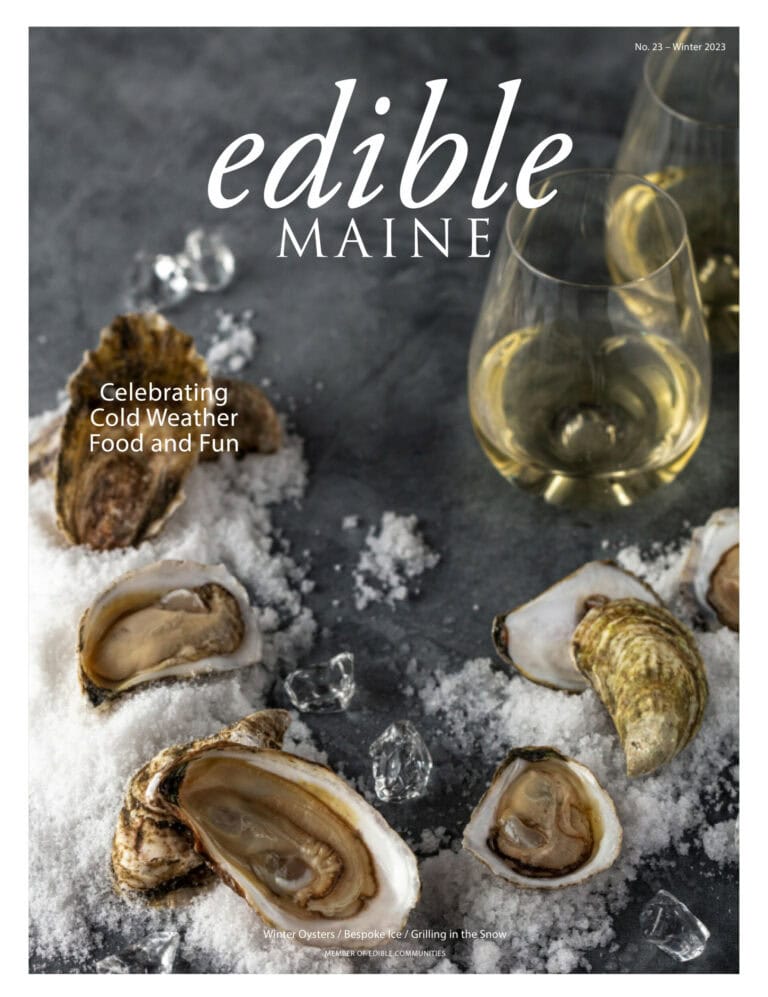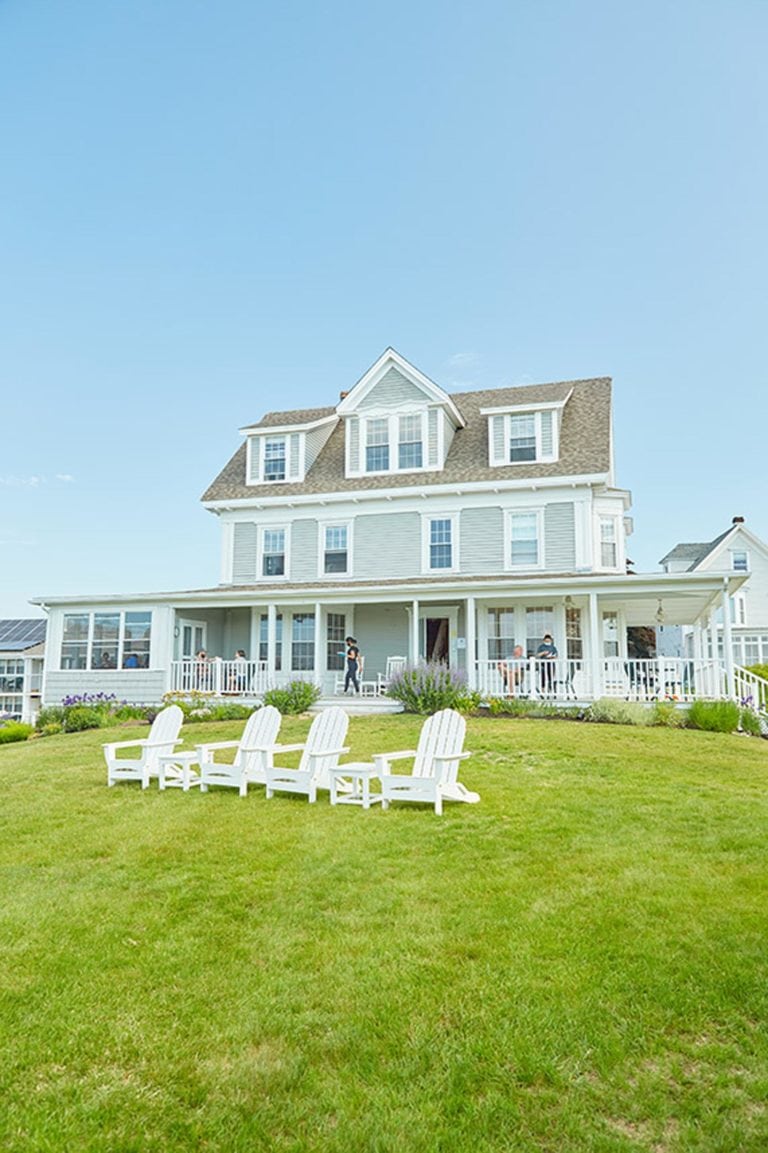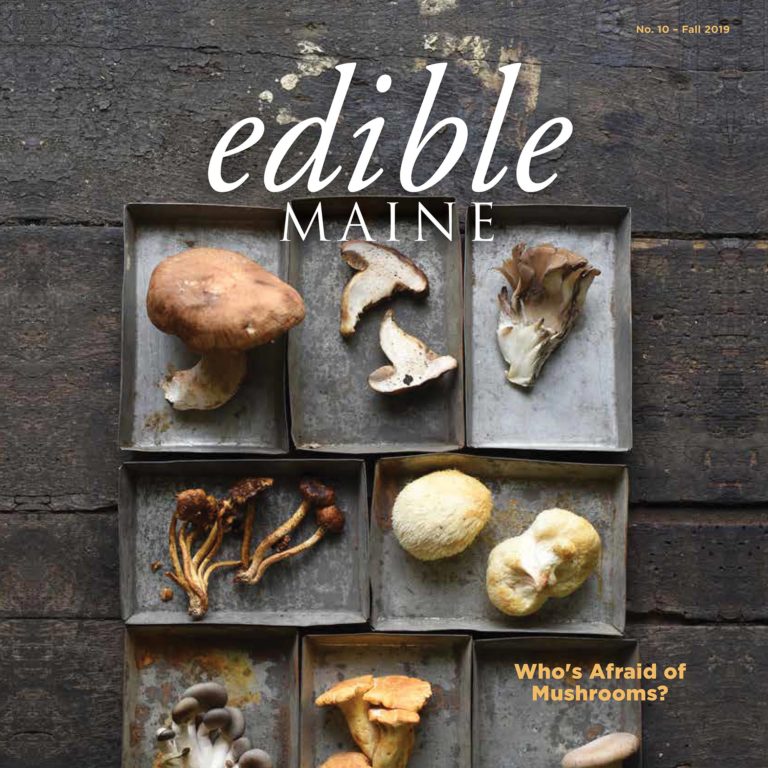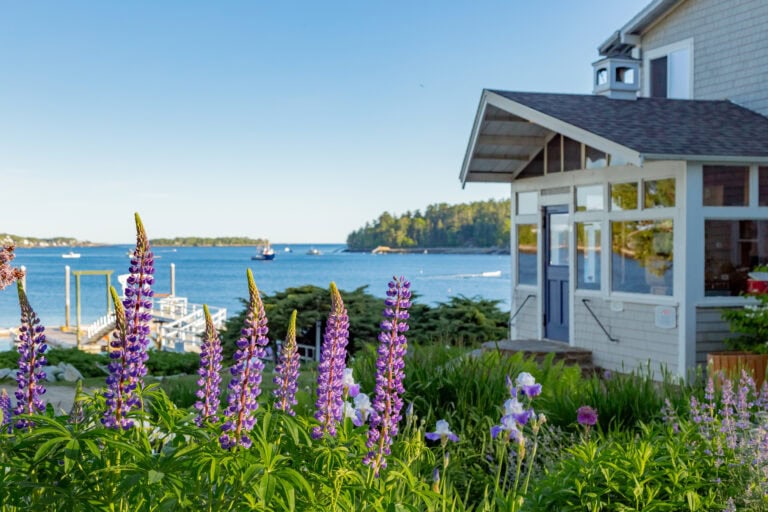Just after midnight on a cool, moonlit July night, Capt. Keper Connell grips a beefy fishing rod bent hard toward the water. He works a massive reel to bring in the 500-pound tuna he hooked in 200 feet of water 15 miles off the New Hampshire coast. About an hour later, he lands the fish. Call it a Bluefin Moondance.
Connell mostly fishes by himself aboard the F/V Figment. His tuna will not be sold for sushi or tuna steaks. It’s destined for tin cans.
His evolution from recreational charter captain to tinned fish producer is grounded in his love of tuna and guided by his willingness to adapt. “I’m a waterman at heart,” he says. At 12, he was certified on scuba gear. At 18, running a dive shop in Honduras when he wasn’t commercially fishing for lobster, mackerel, cod, and haddock off the New Hampshire coast. He started fishing for tuna in 2000.
“Bluefin are smart, beautiful, and very cunning,” he says. “They often won’t take the same bait. You can easily lose one. You [need] to work with tunas on their time.”
He used to sell his catch to buyers waiting at the dock, most looking to ship fish to Japan. About 10 years ago, the dock price for a bluefin was as much as $12 per pound. Since then, the weak yen, the rise of ranch tuna in the Mediterranean, and a temperamental domestic market have pushed dock prices to $5 per pound.
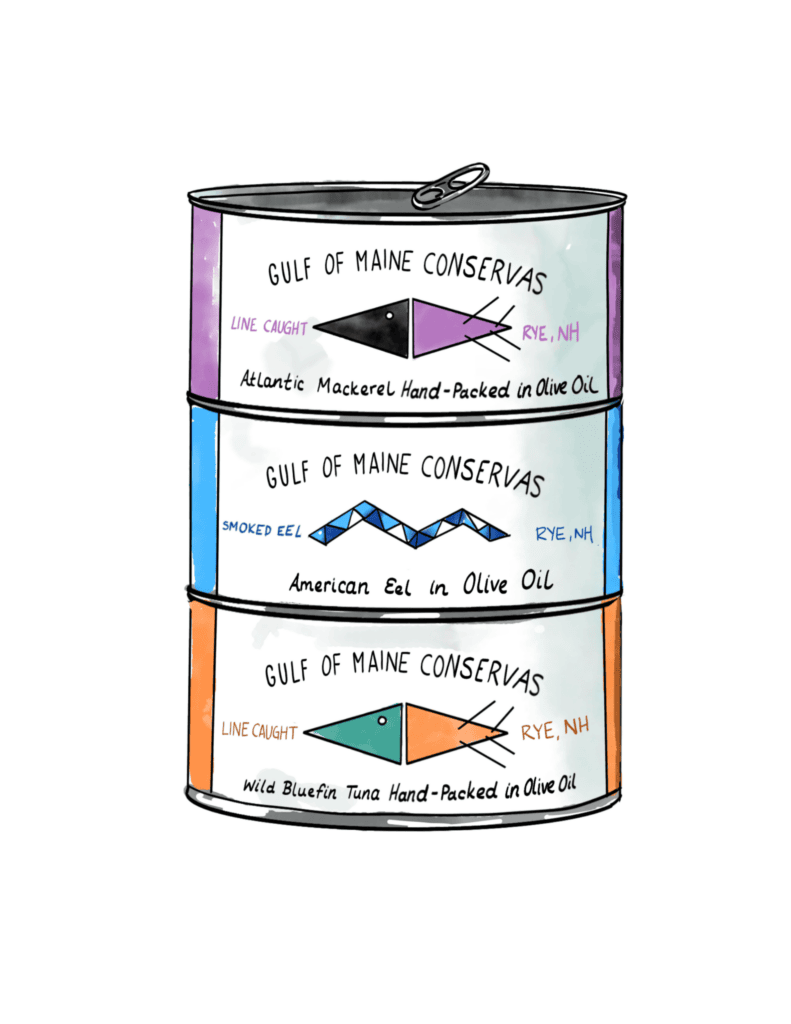
So Connell adopted the Spanish and Portuguese conservas method of canning his tuna, selling it in small amounts packed in high-quality olive oil for a higher price. Gulf of Maine Conservas Tuna retails for $18 for a 6.5-ounce can. That’s steep versus global brand names like StarKist. But it stands in line with boutique brands produced around the Mediterranean.
This is not tuna you mix with mayo and put in your kid’s lunchbox. It’s something to savor as an adult—maybe eating it as tapas alongside roasted red peppers and a crisp white wine or making it the hero ingredient on a salad niçoise.
Connell’s tuna is sustainably caught from a well-managed fishery, properly bled to preserve quality, quickly iced down, and packaged in a wax-lined box filled with ice. It’s shipped from Boston and to a cannery in Oregon. The fish is canned and shipped back to Rye. He acknowledges the carbon footprint involved with shipping the fish trans-continentally and is working to find a processing solution that meets his standards closer to home.
Connell has wholesale and retail customers throughout Maine down the Atlantic coast. He’s expanded his product line to include canned mackerel and eel, which he sources from American Unagi in Hancock County.
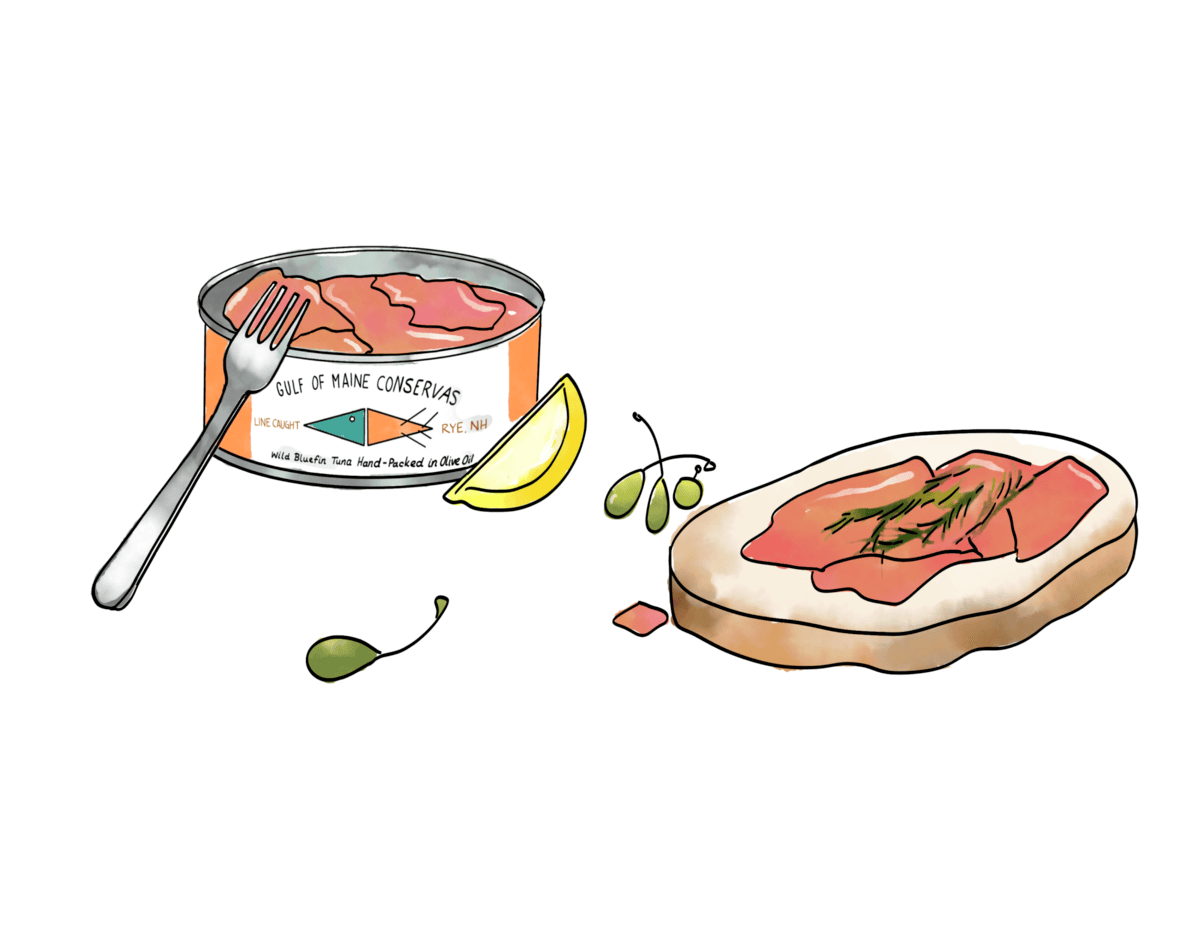
As for the fish he landed on that moonlit night in July, its projected yield was around 900 tins. They are now available in places like Hunt & Alpine Club in Portland, Vessel & Vine in Brunswick, and Rosemont Market & Bakery in multiple locations.
For more information, go to gulfofmaineconservas.com.









